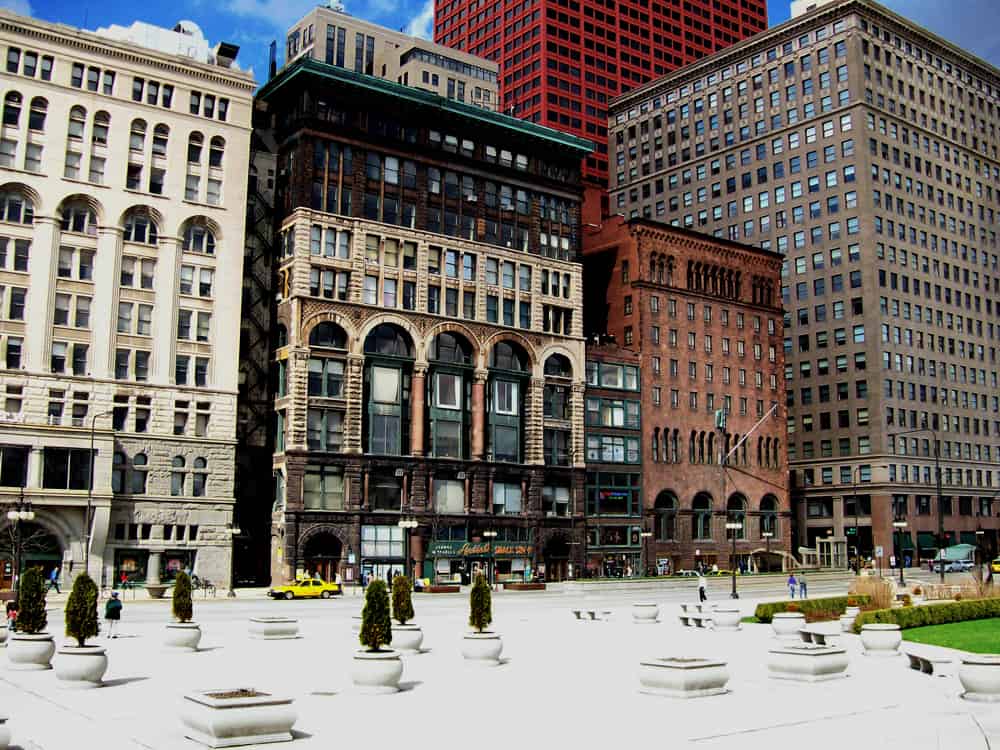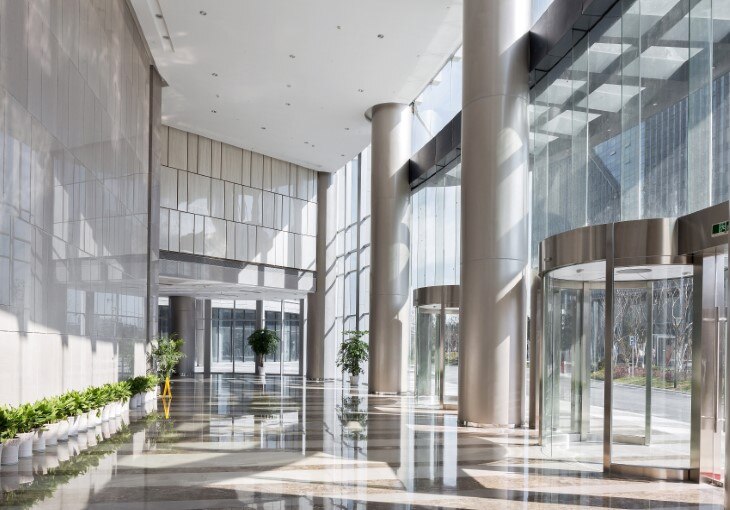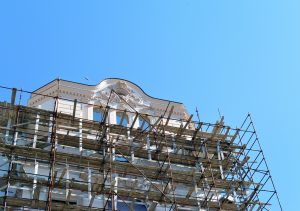Depreciation Carpet Commercial Building

The most common examples of 1250 property are buildings and building components which generally are not 1245 property.
Depreciation carpet commercial building. The plumbing costs associated with installing a 3 4 copper pipe connected to a restroom sink in a supermarket building must be depreciated over 39 years. Cpas can recommend using the cost segregation technique when a taxpayer constructs a building or buys an existing one. This applies however only to carpets that are tacked down. An improvement to any one of these systems must be depreciated.
Depreciation on any vehicle or other listed property regardless of when it was placed in service. A roof on a commercial building has a useful life of 39 years. Other components relating to the operation or maintenance of the building and. Therefore a furnace in a residential rental building has a useful life of 27 5 years.
See chapter 5 for information on listed property. A deduction for any vehicle if the deduction is reported on a form other than schedule c form 1040 or 1040 sr. A real estate depreciation example. In the past major improvements such as hvac replacements and roofs were caught by this rule.
Examples include building an addition on a property adding a swimming pool to an apartment building and renovating the bathrooms in a commercial property. How to use commercial real estate depreciation. Executive summary cost segregation can provide real estate purchasers with tremendous tax benefits from accelerated depreciation deductions and easier write offs when an asset becomes obsolete broken or destroyed. Depreciation benefits on nonresidential and residential real estate are very different.
1 the difference in recovery periods has placed the internal revenue service and taxpayers in adversarial positions in determining whether an asset is 1245 or 1250 property. In addition the following eight building systems are separate uops. However the tax law that went into effect in 2018 expanded the depreciation rules for non residential. In general real property and improvements to real property are depreciated over either 27 5 years residential property or 39 years commercial property.
Nonresidential is 39 year straight line and residential is 27 5 years. In previous years we had schedules much shorter with additional benefits of accelerated depreciation. If the carpet is glued down perhaps in a basement then it becomes attached to the property and must be depreciated over 27 5 years. Roofs furnaces siding windows and other improvements affixed to buildings are given useful lives the same as the buildings to which they are affixed.
Depreciation for property placed in service during the current year. Below is an example of how commercial real estate depreciation works.


















